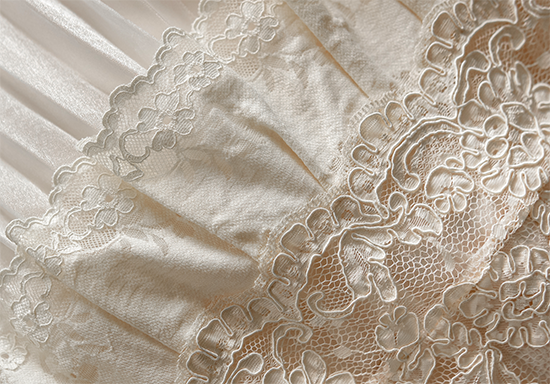
August-
September 2022
Give Me That Mountain!
------------------
|





PRIMARY SOURCE: Of Dresses and Evangelism
“He that loveth father or mother more than me is not worthy of me: and he that loveth son or daughter more than me is not worthy of me” (Matthew 10:37).
The claims of Christ strike the human will head-on, impacting every nook and cranny. Those whose faith does not change their lives may not properly be called Christian. Mary Bosanquet learned this early. Born to affluence in Essex, England, in 1739, she soaked up the catechism her father taught her on Sunday evenings. “When I was five years old,” she wrote in her diary, “I began to have much concern about my eternal welfare, and frequently inquired of those about me, whether such and such things were sins.”
A Methodist maid added fuel to this fire, witnessing to Mary’s sister. She, in turn, shared the gospel with Mary, now six. Mary later recalled, “the words she spake…sunk so deeply into my heart that they were never afterward erased.” Yet, the little girl struggled with sin. One day she overheard her mother say, “That girl is the most perverse creature that ever lived.”
During her teen years, Mary recognized the ways of the world conflicted with the way of Christ. God convicted her specifically of extravagant dress, customary for women of her status.
Through the centuries, Christians have given scrutiny to what they should wear. This is no surprise, for Paul instructed women to dress modestly and to avoid fancy hairdos, gold, pearls,
and expensive clothing (1 Timothy 2:9).
In the third century, Tertullian humorously—at least to us—told men not to wear wigs, wondering who would receive the blessing if someone laid hands on them in prayer. He instructed women: “Clothe yourselves with the silk of uprightness, the fine linen of holiness, the purple of modesty. Thus painted, you will have God as your Lover!” Martin Luther warned against a “passion for fashion,” and John Calvin told men and women not to dress like peacocks.
Mary’s move to “plainness of dress” fueled already existing tension with her family. When she was 21, her parents worried she might influence her brothers. Her father told her: “There is a particular promise which I require of you, that is, that you will never, on any occasion, either now, or hereafter, attempt to make your brothers what you call a Christian.”
She loved her father but answered: “I think, Sir, I dare not consent to that.”
He responded: “Then you force me to put you out of my house.”
Considering herself obligated to witness, she refused to comply with her father’s wishes.
The young lady secured a two-room, unfurnished apartment. Thus began a long life of sacrificial dedicated service to Christ. She was known to say, “Gold is no more to me than dust.” Eventually she founded an orphanage and at 42 married the great Methodist minister, John Fletcher.
Throughout her life, Mary gave Christ first place.
About the Columnist: Paul V. Harrison has pastored Madison FWB Church in Madison, Alabama since 2015. Previously, he pastored Cross Timbers FWB church in Nashville, Tennessee, for 22 years. He was an adjunct professor at Welch College for 17 years, teaching church history and Greek. Paul is the creator of Classic Sermon Index, a subscription-based online index of over 66,000 sermons, with clients including Harvard, Baylor, and Vanderbilt, among others: classicsermonindex.com. |
| |
|

